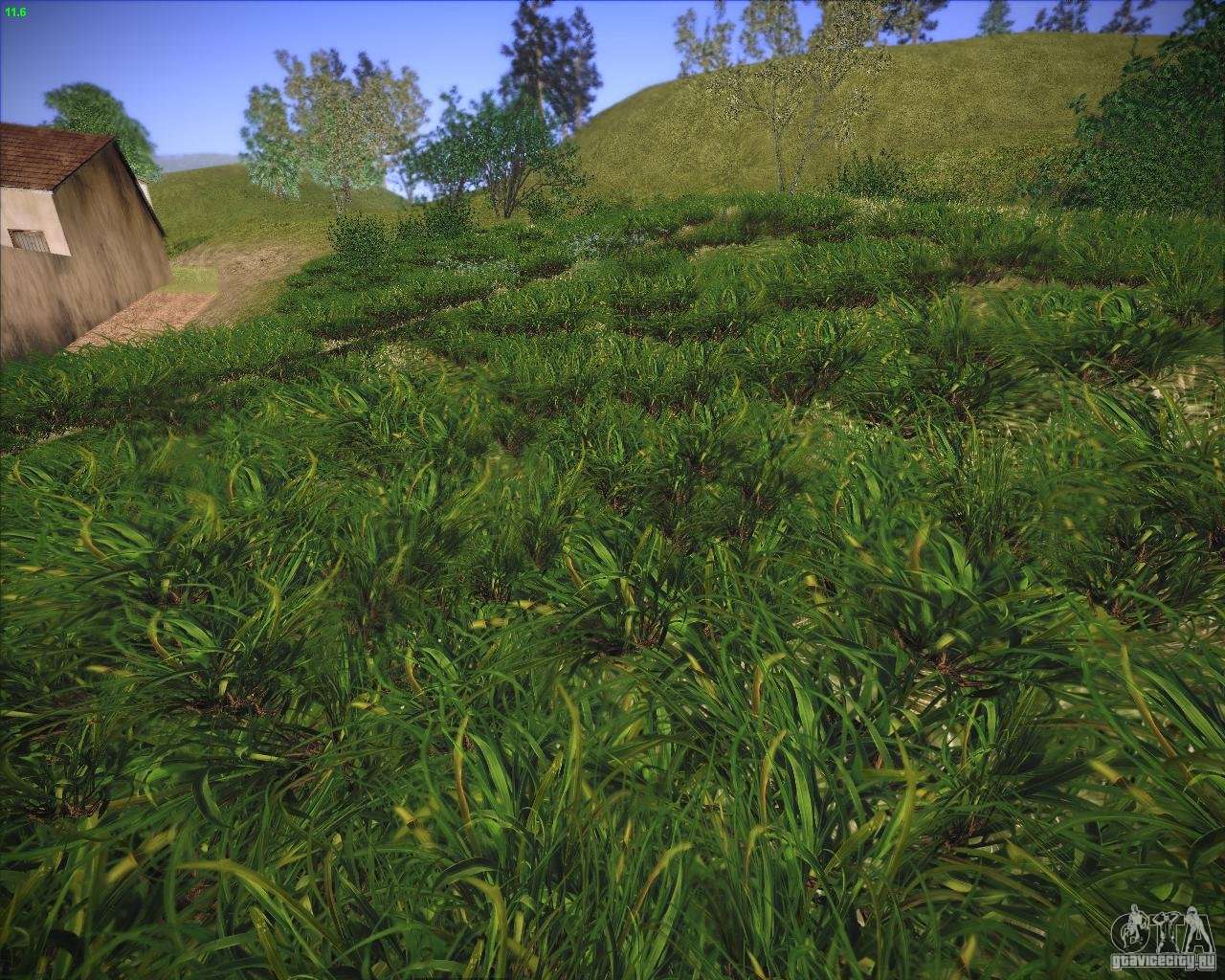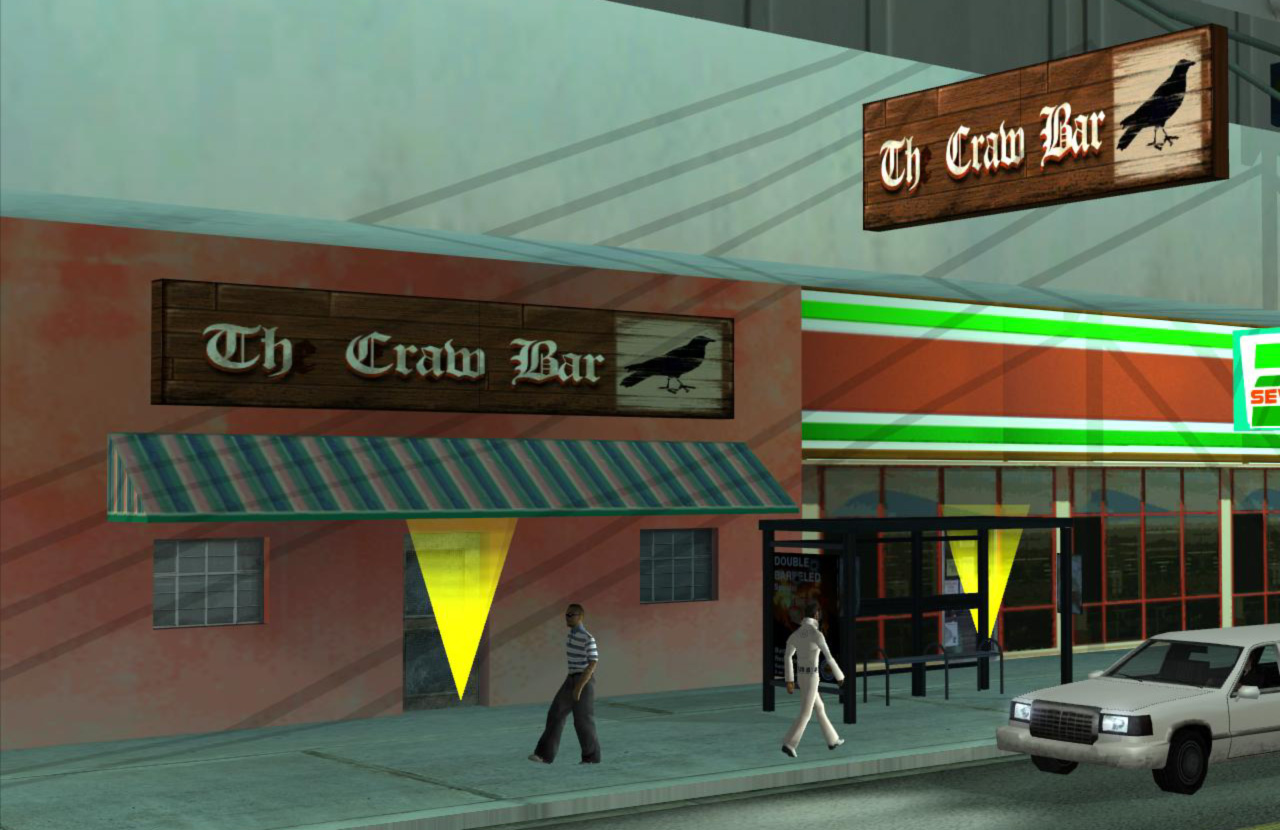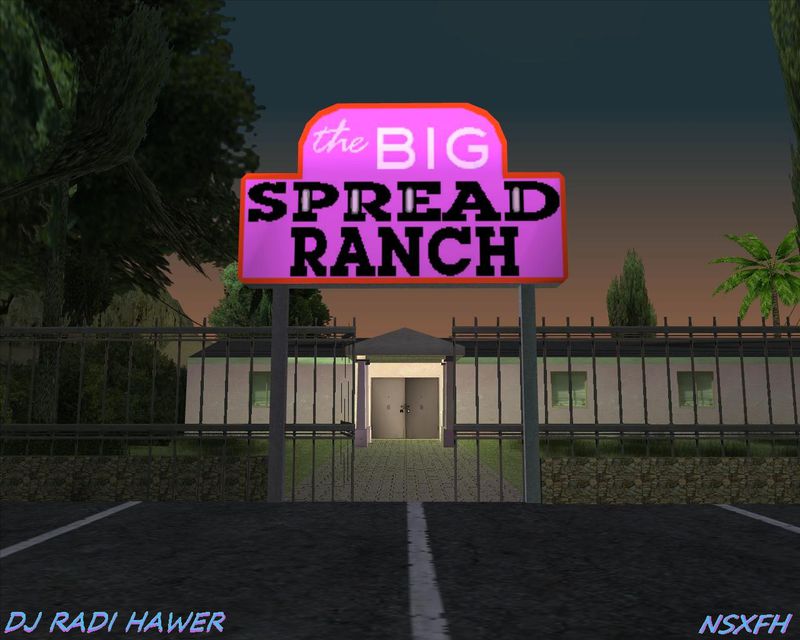
The countryside and desert in San Andreas seem genuinely barren and remote, while the rural areas in Grand Theft Auto 5 never feel totally isolated from the busier parts of the map. There’s also a noticeable drop in fidelity once you leave Los Santos, with San Fierro, and especially Las Venturas, feeling a little sparse and lifeless compared to the smaller cities from the previous 3D-era games.īut it feels massive, which I think is a combination of that draw distance obscuring the view ahead, and also the sheer amount of relatively empty space on the map. The game’s draw distance is incredibly short, with a huge amount of pop-in, which was presumably the only way they could get the thing running on the hardware of the time.

Playing San Andreas today, there’s a sense Rockstar bit off more than it could chew. Protagonist Carl 'CJ' Johnson, an ex-gangster, returns home to Los Santos from Liberty City to bury his mother, but soon finds himself tangled up in the life of petty gang violence he tried to leave behind. It’s all lowriders, orange sunsets, police helicopters scanning the streets with searchlights, and gangbangers swigging forties on the corner. This is not LA as it really was, but an exaggerated version of the city viewed through the lens of movies such as Boyz N The Hood and Menace II Society, and through the music of Snoop Dogg and NWA. The first 15 hours of San Andreas take place in Los Santos, Rockstar’s satirical recreation of 1990s Los Angeles.

California analogue San Andreas contains acres of country, a desert, and three cities: Los Santos, San Fierro, and Las Venturas. But while these games were largely, or entirely, set in a single city, Rockstar used its unmatched financial might (and, some might say, hubris) to take things to the next level, presenting an entire state to cause mayhem in.

In the early-to-mid 2000s you couldn’t move for GTA clones: True Crime, The Getaway, Scarface: The World is Yours, Saints Row.


 0 kommentar(er)
0 kommentar(er)
